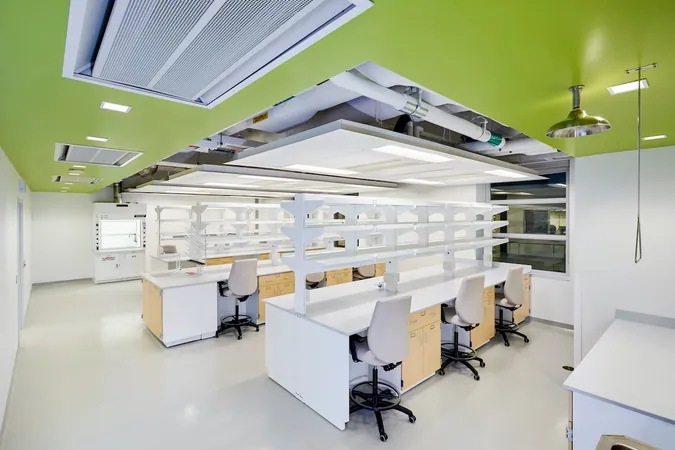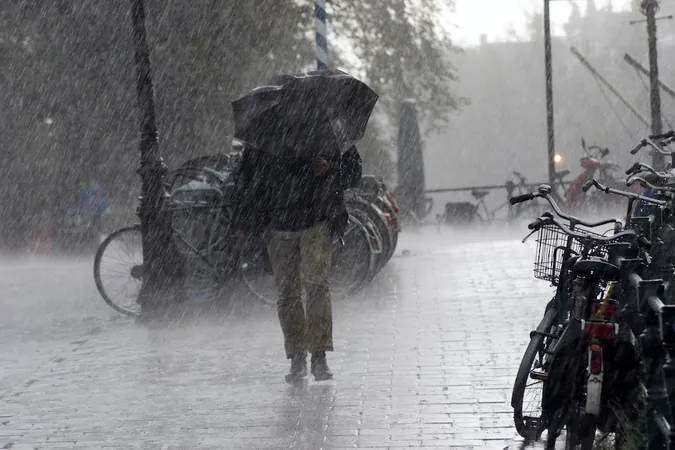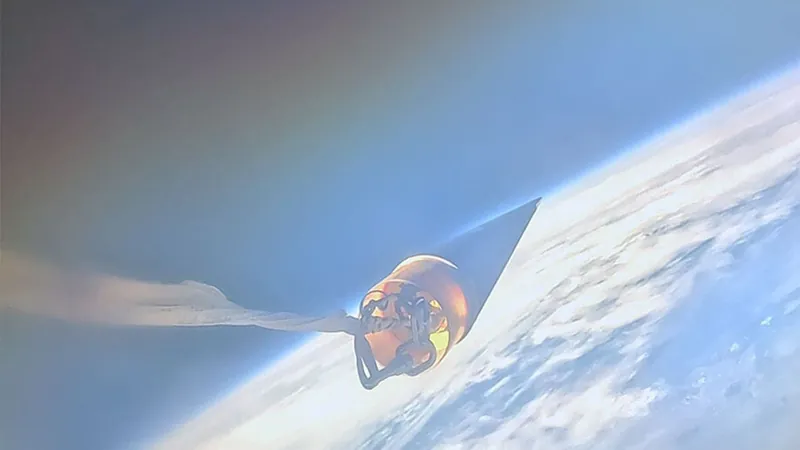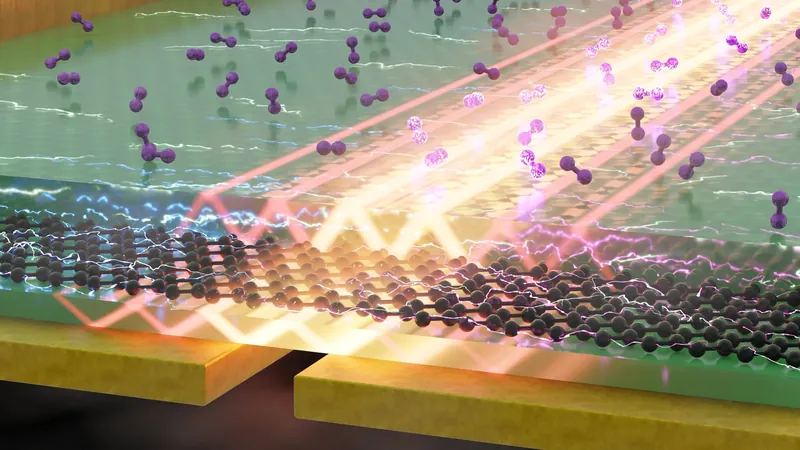
The Legacy of Yellowstone's Webcam: Unveiling Two Decades of Surveillance and Science
2024-11-18
Author: Benjamin
Introduction
For over twenty years, webcams have been a cornerstone in monitoring volcanic activity across the globe, serving as the eyes that keep watch over some of Earth's most dynamic landscapes. In the United States, hotspots like Kīlauea in Hawai‘i and Mount St. Helens have relied on these high-tech tools for real-time observations that inform both scientists and the public about potential hazards.
Yellowstone's Technological Adoption
Yellowstone National Park has not been left behind in this technological embrace. As of late 2024, visitors to the park's webcam page can find nine active cameras operated by the National Park Service and its partners. Additionally, the Yellowstone Volcano Observatory (YVO) maintained a single, vital camera positioned to overlook the serene yet geologically active Yellowstone Lake.
The Webcam's Demise
However, in a disappointing turn of events, the YVO webcam failed in October and cannot be restored, prompting a retrospective look at the remarkable history of YVO's webcam use.
The Beginning of YVO's Webcam Journey
The story of YVO’s webcam began with an intense earthquake swarm that rocked the northern region of Yellowstone Lake between December 2008 and January 2009. Over 800 localized earthquakes shook the area, including the largest quake measuring a significant M4.1. The event piqued public curiosity, especially with the dawn of social media where misinformation can spread like wildfire. As concerns about potential underwater eruptions spread, YVO scientists recognized the urgent need to provide clarity and reassurance to the anxious public.
Conceptualization and Implementation
During the winter of 2009, with limited staff present at the park, YVO conceptualized the webcam. This innovative solution would offer real-time monitoring of the lake's surface, allowing scientists to observe any unusual activity while simultaneously calming public fears. Although webcams existed at locations like Mount Washburn and Old Faithful, none offered a view of Yellowstone Lake. With funding from the American Reinvestment and Recovery Act, YVO quickly procured a mobile, solar-powered webcam and set it up atop Lake Butte in 2010.
The Early Years of Lake Butte Camera
For two years, the Lake Butte camera provided stunning views not just of the lake, but of local wildlife, including bears, elk, and an occasional ermine darting across the snow. In 2012, the camera was relocated to a hill east of Biscuit Basin with hopes of detecting hydrothermal activity, following historical eruptions in the area. Unfortunately, this new vantage point was marred by obstructive trees, and no significant geological phenomena were recorded.
The Retirement of the Mobile Camera
Fast forward to 2017, when the mobile camera was officially retired. A new fixed camera was installed on a cellular tower, granting an unobstructed view of Yellowstone Lake, allowing for seasonal monitoring. The camera thrived for seven years, capturing changing ice patterns and wildfires like the Brimstone Fire of 2019, which charred 217 acres along the lake's southeast perimeter.
Looking Ahead
The demise of the YVO webcam signifies the end of an era but also opens doors to future possibilities. Advances in technology since 2010 have expanded the capabilities and potential applications for webcam monitoring. Future endeavors may lead to even more sophisticated installations that can provide not only live feeds but also data analytics for early warning systems.
Conclusion
As Yellowstone continues to be a focal point for geological study and public interest, the legacy of its webcams serves as a reminder of the delicate balance between nature and technology—and the vital role that real-time data plays in ensuring public safety and scientific understanding. Stay tuned as YVO prepares for its next chapter in volcanic monitoring!









 Brasil (PT)
Brasil (PT)
 Canada (EN)
Canada (EN)
 Chile (ES)
Chile (ES)
 España (ES)
España (ES)
 France (FR)
France (FR)
 Hong Kong (EN)
Hong Kong (EN)
 Italia (IT)
Italia (IT)
 日本 (JA)
日本 (JA)
 Magyarország (HU)
Magyarország (HU)
 Norge (NO)
Norge (NO)
 Polska (PL)
Polska (PL)
 Schweiz (DE)
Schweiz (DE)
 Singapore (EN)
Singapore (EN)
 Sverige (SV)
Sverige (SV)
 Suomi (FI)
Suomi (FI)
 Türkiye (TR)
Türkiye (TR)